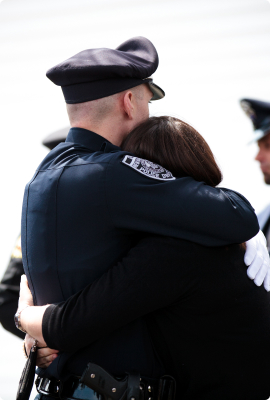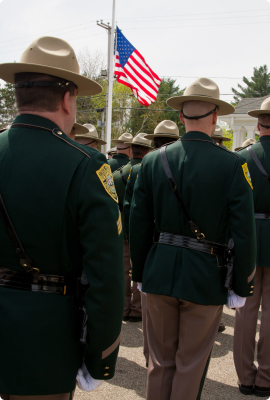Better decisions, better outcomes
videogame mentality
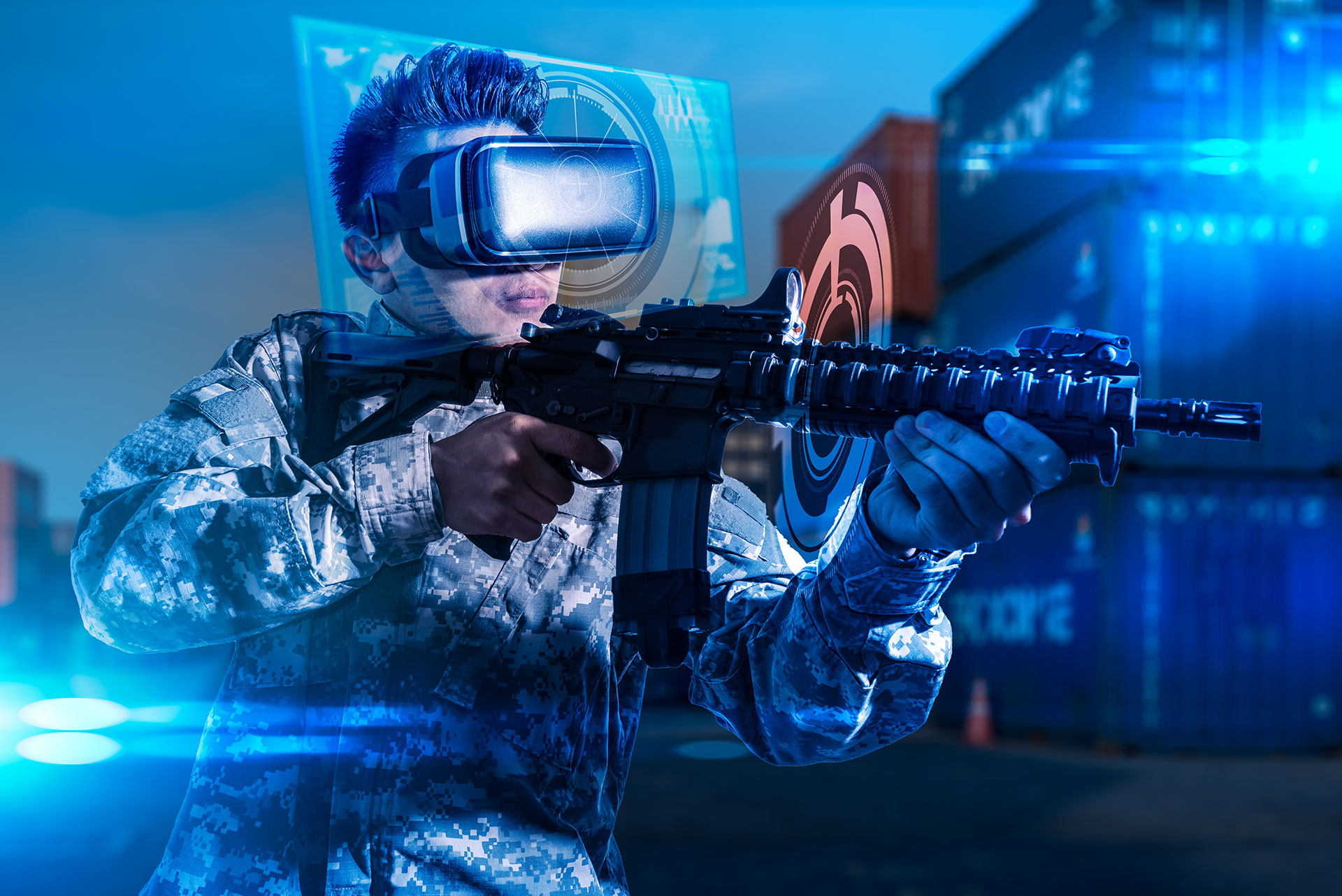
military tactics
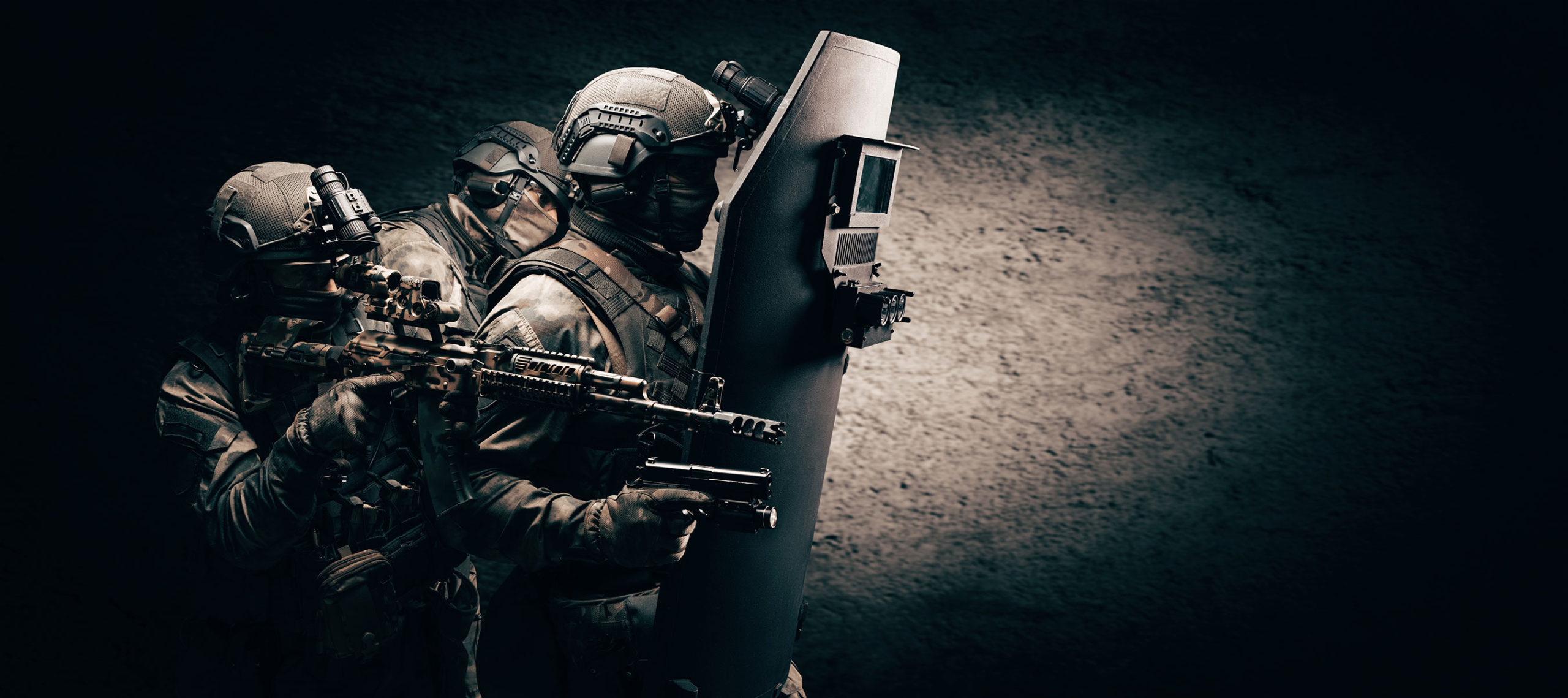
Reaction Dynamics training seeks to create officers that are tactical problem solvers. Since we are dealing with trained law enforcement officers, in our scenarios there are no inherently right or wrong actions to take. Instead we present officers with a scenario, a set of tools to use, and a goal which is to end each scenario without firing a shot. To this end, creativity and unconventional approaches to achieve this goal are both emphasized and encouraged throughout the class. Each scenario may have a shooting or a non-shooting solution based on the actions the officers take. At the end of each scenario we then review and critique video of each officer’s performance with the trainers and the group, and the officers will need to articulate the reasons why they took each action they did in each part of the scenario.
We believe that this creates the truest to life training possible. As we inform our students at the beginning of each training session there are no ambushes in any of our scenarios. The radio run is what it is presented to be, however, if the officers make tactical errors our experienced trainers will take advantage of them just as someone on the street would. Learning to justify their actions post incident in training as opposed to before a district attorney or review board creates confidence, and confident officers are safer officers. Training officers to justify and reflect on the consequences of their decisions before, during, and after they are made, leads to better decisions and better outcomes.
Reaction Dynamics training unlike many other types of tactical training does not seek to improve marksmanship, that is what the range is for. It is all about improving judgment. The goal of each scenario is to not shoot at all. Range time is unquestionably needed to develop and maintain skills, but it is not training for the confrontations and decisions law enforcement officers make on a daily basis.
This two-day course includes four hours of classroom and 12 hours of force on force scenario training, a portion of which is conducted in a low light environment.
Training must include a myriad of things that can prevent the need for force as well, but it is the use of force, improperly applied, that causes the most concern for the public.

The Texas Public Policy Foundation
An officer’s goal is to regain control as soon as possible while protecting the community. Use of force is an officer’s last option — a necessary course of action to restore safety in a community when other practices are ineffective.

NIJ
A psychophysiological intervention program, built on the trauma resilience model, improved officers’ use of force decision-making in a “shoot/don’t shoot” exercise, which researchers hypothesize is the result of enhanced physiological control and situational awareness.

PERF
Job stress may also impair officers’ decision-making abilities, particularly in use of force incidents. Officers with PTSD symptoms experience greater difficulty than officers without such symptoms in distinguishing important and unimportant factors in dangerous situations

PERF
In the classroom training we cover such topics as:
- Psychology of force and control
- The difference between scene assessment and threat assessment.
- Rolling scene and threat assessment
- Target fixation
- Force alternatives
- Proportional response
- Proactive versus reactive response
- Aftermath of the use of force
- Suicide by cop
Use of force with special populations specifically:
- Juveniles
- Emotionally disturbed persons
- Physically disabled persons
- The intellectually/developmentally disabled
We also offer a specialized version of Reaction Dynamics specifically for special operations units. While the basic course parameters are the same, in this version the difficulty of the scenarios is raised by an order of magnitude. There is also a larger selection of equipment to use, and higher level tactical skills are emphasized such as reconnaissance, hostage extraction, and the creation of tactical plans. The end goal however remains the same, to resolve each scenario without firing a shot.
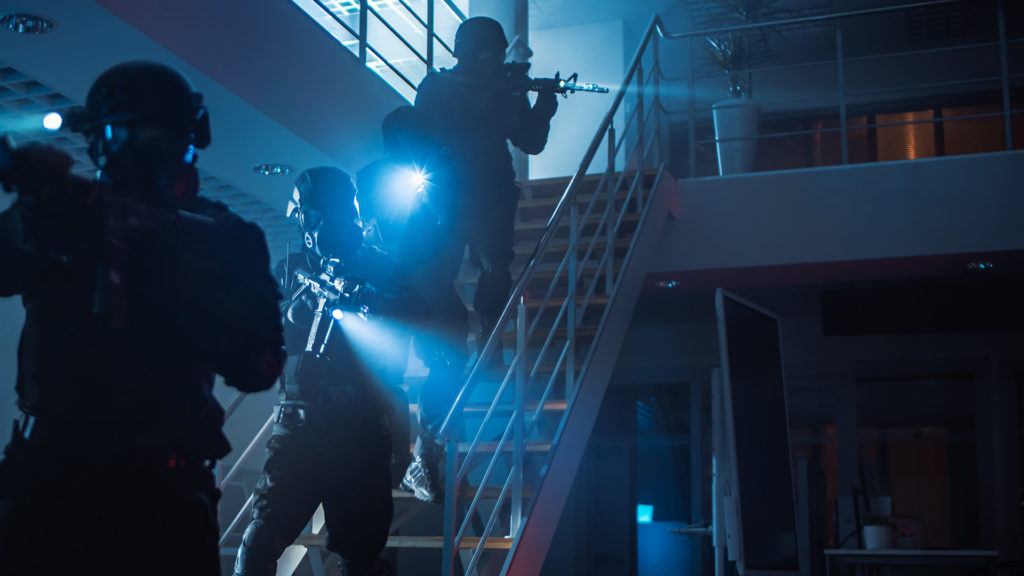
We also understand how perishable these skills are if not practiced regularly. That is why this program also includes a four hour train the trainer program for your departments tactical instructors. The main focus of this segment is to train your instructors in student assessment in their scenarios, as well as how to continually write and update their own scenarios so that your training always stays engaging and relevant.
There are over


